
In the River KATSURA --Vol.97--
Stocking the River with Fish
Several years passed after I caught the old rainbow trout in the River Katsura, which made me give up that river and return to the River Oshino, which guaranteed big fish near the bank. However, we had a poorer catch there year by year for many reasons. I mean that the river became dirty and shallow. Not only Fujikyu Hotel but also fishing ponds, tennis courts, snack bars and holiday cottages were built along the river. The trees were cut down and the banks were so much eroded that the overhang disappeared and the algae on the bottom decreased. As hiding places decreased, brown trout turned into what we could see only in a vision.Together with other anglers who frequently fished the River Ohino, I founded a club named Brownie, a nickname of brown trout. We started stocking the river with parr of brown trout and yamame trout from July 1979. The first parr were so tiny that they looked more like gobies or loaches than trout. Fortunately, our attempt was very successful. 8 months later, on the opening day of 1980, 5g parr grew up to be beautiful brown trout of 25cm.
What surprised me was not only the fish size but also their number. We had stocked the river with a limited number of parr but the whole area of the River Oshino became filled with brown trout and yamame trout. On the opening day so many rises were made in the whole river like drops of rainfall. In autumn the biggest fish grew up to be 38cm. Encouraged by such success, we stocked the river with more parr. In the next year we added rainbow trout parr.

In July, 1979 we stocked the River Oshino with brown trout parr after they grew up to be large enough to survive.
Ironically, I gradually lost my desire to catch those fish whose parr we stocked the river with, praying for their growth. I had spent enormous energy in fishing wild fish, whose birth, survival and growth I had nothing to do with. Once I knew about fish’s background, I felt as if I had been fishing at a fishing farm, which damped my interest. My fighting instinct was only aroused by the fish in the unknown world. It was my true feeling.
I wanted our par to grow up, whereas I wanted to catch wild fish. To be exact, since fish were hardly born by natural spawn, I just wanted to catch the fish which was stocked with at the place I had nothing to do with. Now my motto was to stock the River Oshino and to fish the River Katsura. I aimed at fishing the mainstream of the River Katsura again and my fishing spots moved farther downstream.
By 1980 I went to Kotobuki, Mitsutohgue and Higashikatsura at the lower reaches of Fujiyoshida. There was a barrier to take water at Kotobuki. When I first went there, an unbelievably large number of fish were found on the pool at the upper reaches of the barrier. Most of them were rainbow trout and some were yamame trout. Near the evening in the end of March, rise rings appeared here and there on the mirror-like surface. Probably fish were eating hatched duns. Rises were made so quietly without sound or splash.

It was caught at the upper reaches of the barrier of Kotobuki. It looked like a char but turned out to be a hybrid of char and trout.
Hitting Rises as if Hitting Mole’s Pop-up Heads
Standing on the barrier, I waited for the rise. I held the rod in my right hand, the leader in my left hand and 20m of the line was put under my feet. On finding a rise, I cast the dry fly into the rise ring. All the fish broke the surface and bit the fly. I was excited about ‘hitting mole’s pop-up heads’ as in the case of the Marunuma in Nikoh several years before.At first any fly was effective. I chose flies for mountain streams as I liked. But later I often set the hook to no fish or some fish made false rises. Whenever that happened, I changed the fly into a smaller one. At first I chose size 10 and at last size 18. Scarce fish refused size 18 fly but the small fly became less buoyant at every catch even in the still water. It sunk into the water after it caught 3 fish. Any fly pattern was effective but I remember Royal Coachman performed well.
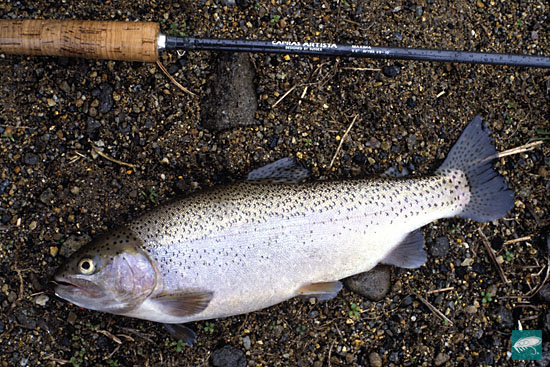
A rainbow trout caught at the upper reaches of Kotobuki. Ordinary-shaped fish were often caught at the upper reaches.
I usually enjoyed fishing like hitting mole’s pop-up heads from 4 p.m. to 6 p.m. It was partly because there were a lot of rises in those hours and partly because there were some bait fishermen in the morning. This barrier was not large enough to fish together with them. In addition, the left bank formed a too steep precipice to climb down and at the most part of the right bank mulberry trees grew so thick that there was no space to swing the rod. That was why I gave up the morning fishing. Fortunately, there was no angler in the afternoon.
When I finished my fishing at 6 p.m. the river condition dramatically changed as in the case of the River Oshino. There were less rises and it was very quiet like the end of the day, which made a good sign for me to change the tackle. Now I picked 6-weight rod and put size 6 Muddler Sedge to the 2X leader tip.
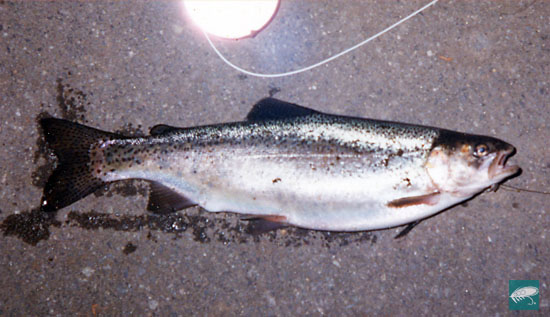
14th March 1982. Rainbow trout parr we had stocked the river with in the previous year surprisingly grew up.
Are there some rises today? If not, I will hurry to move to Oshino. I had to make a decision as quickly as possible. Looking back, I was always forced to make a decision quickly about when to move from the River Katsura, Lake Motosu, the River Chikuma or the River Noro to the River Oshino, my special River.
In a lucky day, sedge started flying as soon as it got dark. It looked like the light snow from the clear sky was whirling down. Then the water column stood around the head of the pool. In the barrier of Kotobuki I often caught the first 3 fish with Muddler Sedge. It took me only a little time. I spent more time in removing the hook from the fish mouth. Then it got darker. While fishing the first several rainbow trout, I listened very carefully to the rise sound to know where the biggest rise was made.
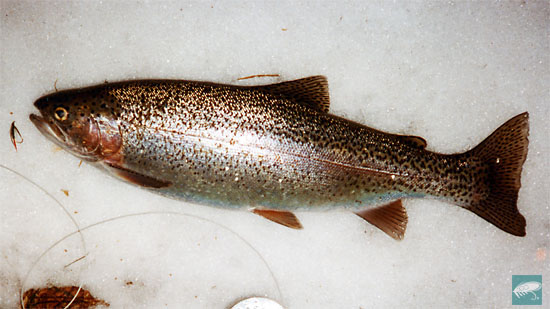
The fish had made amazingly rapid growth for 2 years since it was stocked with.
Rises started altogether and stopped when I came to myself. In my early days in Kotobuki I changed Muddler sedge into the wet fly when rises stopped. Later I used the wet fly from the first to avoid missing big fish. In either case, a big chance came after rises stopped. I learned that from my experience of aiming at big fish. Big fish were mostly caught after smaller ones. First I caught small fish. Then rises stopped. When I half gave up, I caught the biggest one of the day. The possible reason was that rises started near the head of the pool. The fish making rises there were easily caught but not big. During fishing there, I often found rises of big fish a little downstream. Therefore, after I caught fish nearby, I could aim at big fish deliberately.
-- To be continued --
- NET SHOP INFORMATION
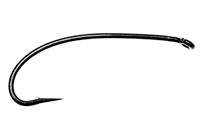
SL6 Black Spey Hooks
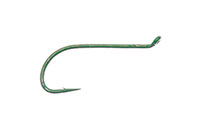
DU3 Limerick Spinner Hooks
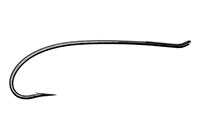
SL4 Single Bartleet Hooks
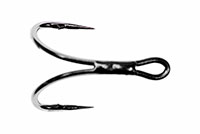
XD1 Tube Fly Double Hooks
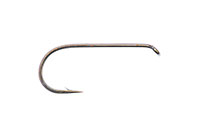
DD2 Flat Perfect Hooks
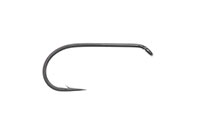
DD1 Black Terrestrial Hooks
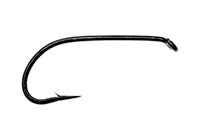
TD4 Old Limerick Wet Hooks
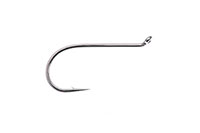
DU1 Silver May Hooks
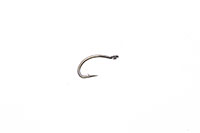
MU1 Flat Midge Hooks
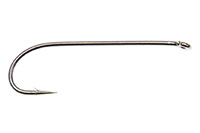
LD3 Long Limerick Hooks
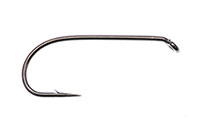
TD2 Summer Sproat Hooks
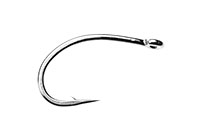
XS1 Tube Single Silver Hooks
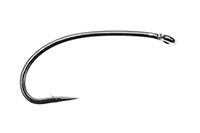
TD6 Siver Sedge Hooks

SL5 Black Spey Hooks

DU3 Limerick Spinner Hooks
- TROPHY CLUB
- FLY SHOW
- EXHIBITION
- MASTERS`
- FLY DRESSING CONTEST Archives
- TRAVELLER Archives
- TACKLE IMPRESSIONS Archives
- ANGLERS` PHOTO GALLERY Archives
- ----------------------------------------------
- トロフィークラブ
- フライショー
- エキシビション
- マスターズ
- フライドレッシング・コンテスト・アーカイヴ
- トラヴェラー・アーカイヴ
- タックル・インプレッション・アーカイヴ
- アングラーズ・フォトギャラリー・アーカイヴ
株式会社サワダ 185-0021 東京都国分寺市南町3-13-4
SAWADA'S INC. 3-13-4 Minamicho, Kokubunji, Tokyo 185-0021, Japan
写真・ドキュメントの無断転載を禁じます。
All the images and documents found on this site are owned by Ken Sawada and may not be used without permission.
But, link to this site is FREE.
Copyright © 2000 - 2025 SAWADA'S INC.. All rights reserved.
SAWADA'S INC. 3-13-4 Minamicho, Kokubunji, Tokyo 185-0021, Japan
写真・ドキュメントの無断転載を禁じます。
All the images and documents found on this site are owned by Ken Sawada and may not be used without permission.
But, link to this site is FREE.
Copyright © 2000 - 2025 SAWADA'S INC.. All rights reserved.
